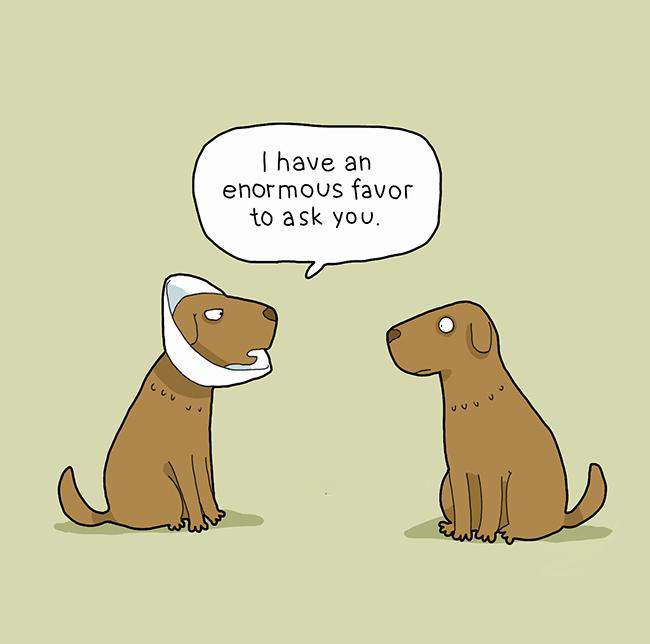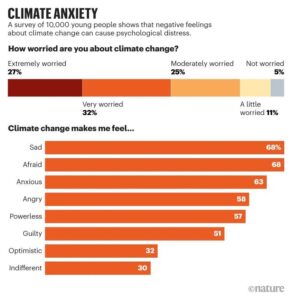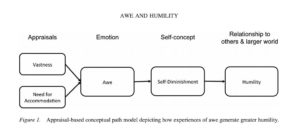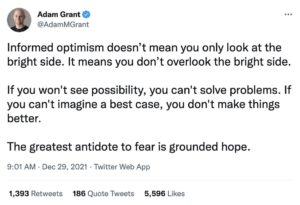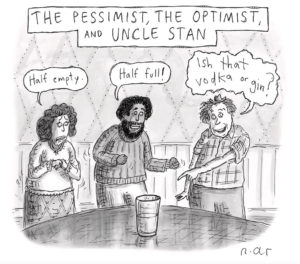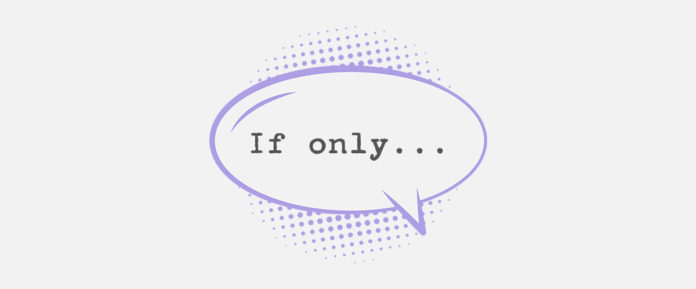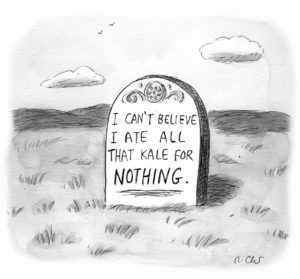“Just thinking about it gives me hives,” explained my patient. Like many people I know, she doesn’t like asking for favors. Most people prefer doing a favor for someone else to asking for one. There are many reasons we are reluctant to request help including not wanting to feel beholden to someone, not wanting to seem vulnerable or needy, dreading the awkwardness of the interaction, and the possibility the person will say “no.” Indeed, fear of rejection looms especially large.
While people won’t always come through, here are 3 strategies to maximize your chances of getting a “yes.”
1. Give The Person A Shout Out
Nobody wants to feel put upon or pressured. In fact, people are more likely to agree when offered a choice in the matter. Saying something along the lines of “I completely understand if you are too busy” or “No worries if this is bad timing for you” conveys understanding and appreciation regardless of the outcome. Plus, by providing an escape clause, you give them an opportunity to graciously decline and smooth over the possibility of future awkwardness.
2. Provide A Reason, Any Reason
No need to launch into a lengthy explanation but a quick sentence about why you are asking for the favor can be persuasive. People like to have a “why” and appreciate a little background. Interestingly, Harvard psychologist Ellen Langer found that simply using the word “because” is enough to convince people to comply with a request. In a well known experiment demonstrating this principle in action, she approached people who were standing on line to use a library photocopy machine. She asked if she could cut the line using one of the requests listed below:
-
“Excuse me, I have 5 pages. May I use the xerox machine?”
-
“Excuse me, I have 5 pages. May I use the xerox machine, because I’m in a rush?”
-
“Excuse me, I have 5 pages. May I use the xerox machine, because I have to make copies?”
In the first scenario, 60% agreed to let her use the photocopying machine ahead of them. In the second scenario, 94% allowed her to jump ahead. She provided a “legitimate” reason—she was in a rush. What is striking is the result of the third scenario. An astonishing 93% agreed to let her go ahead of them. The request is absurd: “because I have to make copies.” Everyone on the line needs to make copies. Simply by providing a reason, even a ridiculous one, people mindlessly allowed her to go ahead.
3. Ask In Person
If you really need a favor, arrange a face to face meeting. A study entitled Should I Ask Over Zoom, Phone, Email, or In-Person? Communication Channel and Predicted Versus Actual Compliance published November 2021 in Social Psychological and Personality Science found that we consistently underestimate the value of an in-person interaction. Participants expected there to be a small difference between asking for a favor via text message, over the phone, or on Zoom versus in person but did not realize how significant it would be. “When we are the ones asking for something, we think what matters is what we are asking for, rather than how we are asking for it,” explained co-author of the study Vanessa Bohns. In other words, the “how” matters as much if not more than the “what” and the “why.” While it’s certainly easier to send a text, pick up the phone, or write an email, we are less likely to get a “yes” from those modes of communication than if we made the effort to show up in person.
On a final note, next time you are reluctant to ask for a favor consider this: there is plenty of evidence to suggest that asking for a favor makes you more likable and can even improve your relationship with the “requestee.” Instead of being a burden, doing a favor for someone is more often a pleasure than a pain.
“When we give cheerfully and accept gratefully, everyone is blessed.” ― Maya Angelou
I wish you all the best,
Dr. Samantha Boardman

